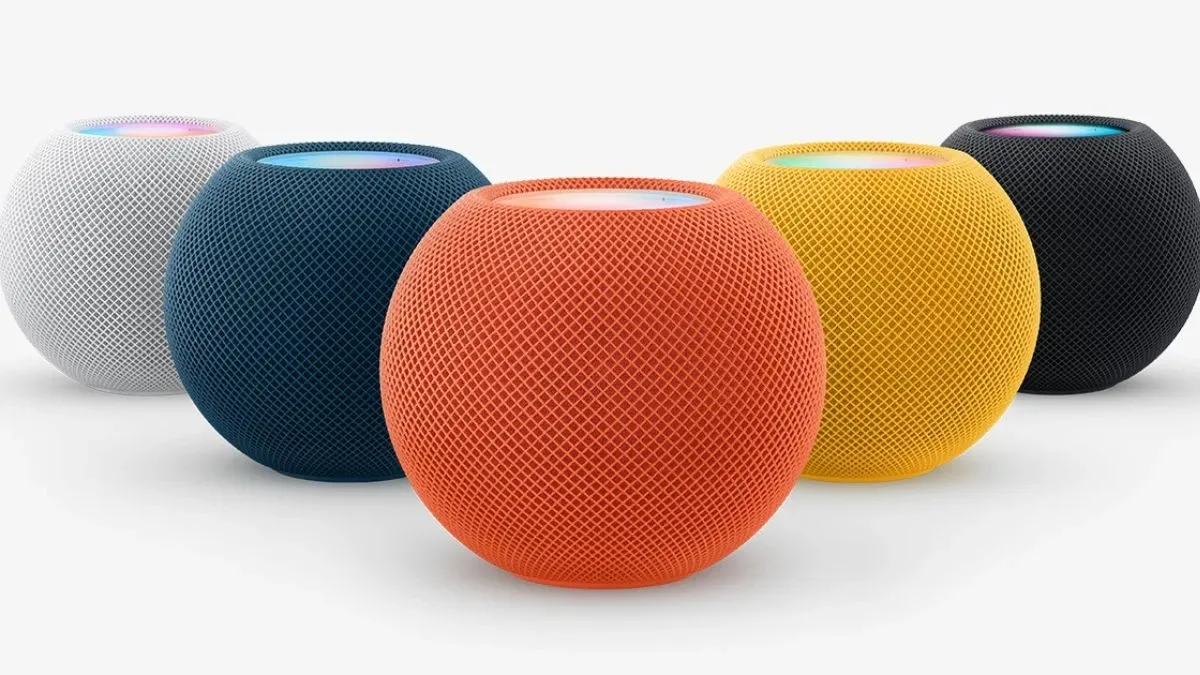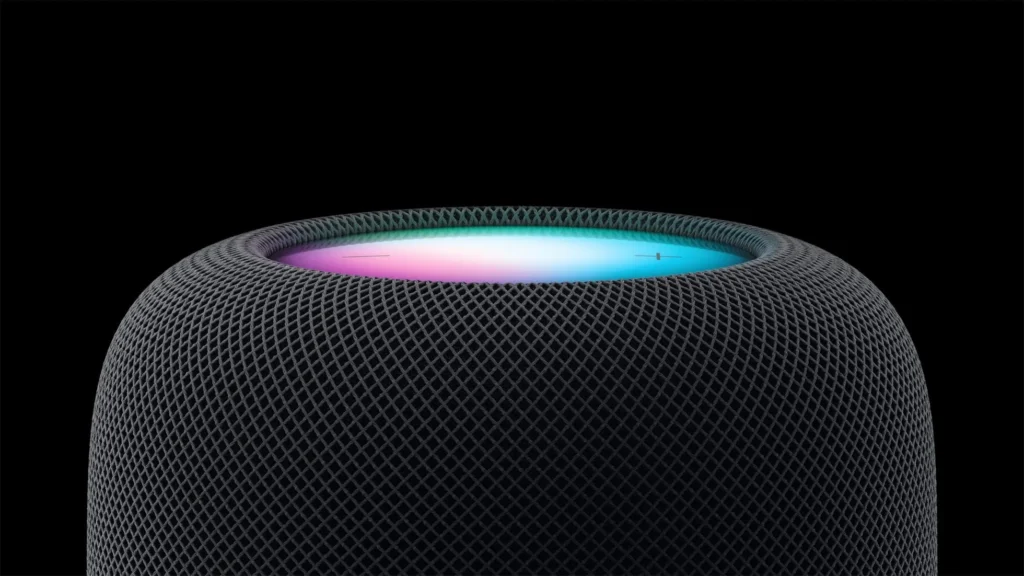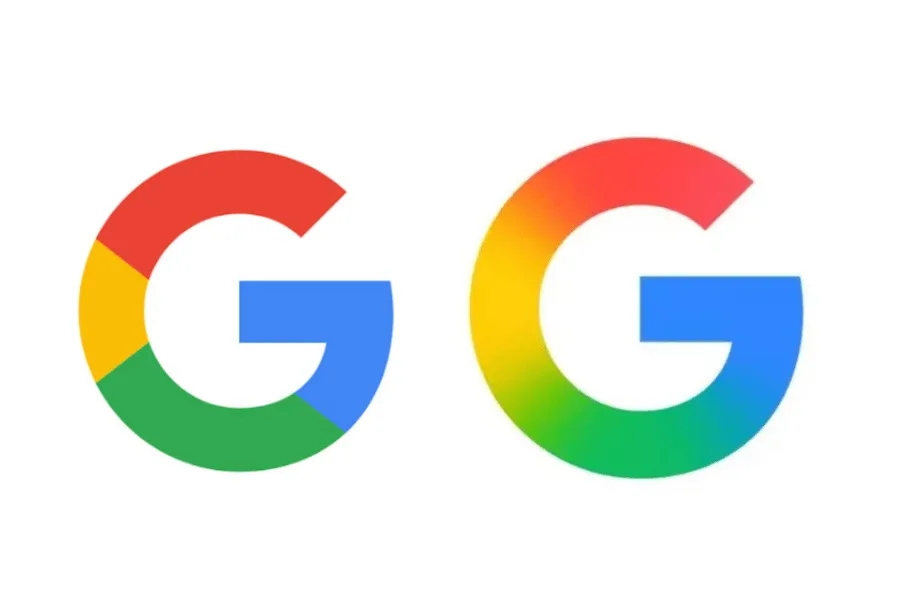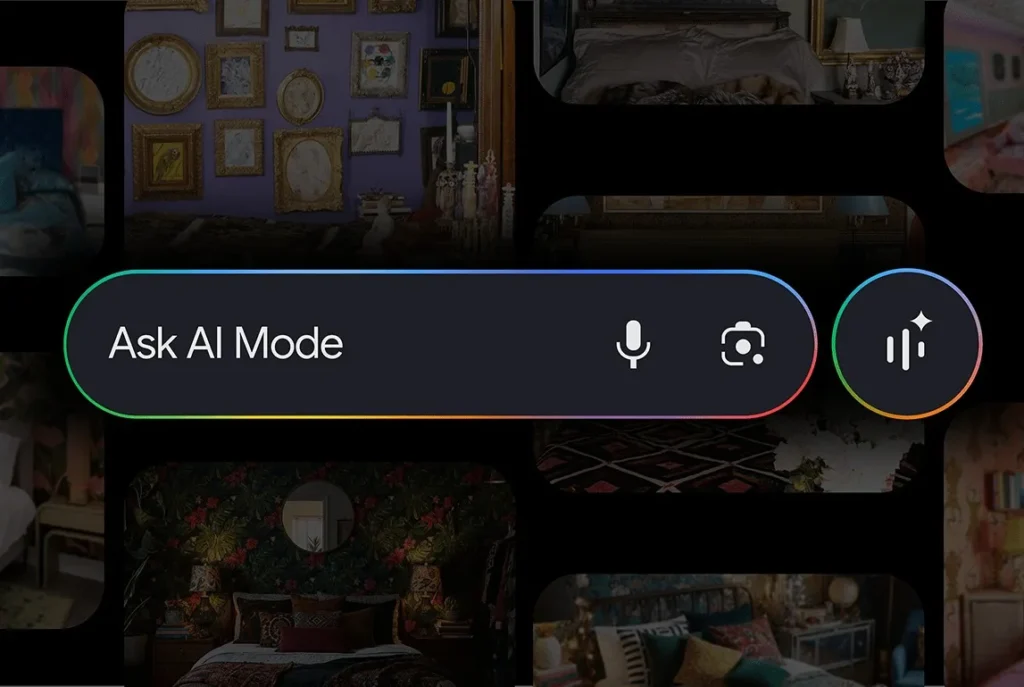Apple to launch its first connected screens for the smart home in 2026
After years of hesitation, Apple appears ready to take the smart home market seriously. According to a new report, the Cupertino-based company will launch its very first connected screens at the beginning of 2026, marking the start of a much more ambitious domestic strategy.
A New Era for Apple’s Smart Home
Apple has always dabbled in the smart home space without fully committing. The HomePod and HomePod mini are excellent speakers, but they’ve never managed to become the heart of a connected ecosystem, unlike products from Google and Amazon.

This could change as early as March or April 2026, with the launch of Apple’s first smart screens.
According to leaks, two models are planned:
- A speaker-based screen, similar to the Nest Hub, but with Apple’s signature premium finish;
- A wall-mounted version designed for more elegant integration into the home.
The launch will coincide with the arrival of a new generation of Siri, enhanced by AI, and a strengthened smart home ecosystem, including the expected Apple security cameras later in the year.
Why This Is a Key Moment
Apple is entering the smart screen market quite late. For over a decade, Google (Nest Hub) and Amazon (Echo Show) have consolidated their dominance by creating massive, closed ecosystems deeply embedded in millions of homes. These companies no longer just sell devices; they have established habits and integrations that users are hesitant to abandon.
This presents the biggest challenge for Apple: it’s no longer just about launching a good product; it’s about convincing users to switch their smart assistant, or worse, to adopt a third alongside Alexa and Google Assistant.
Everything Depends on the “New” Siri
The success of this strategy hinges entirely on the overhaul of Siri. For years, Siri has suffered from a reputation as a limited assistant—often mocked compared to Google Assistant or Alexa. However, several reports suggest that Apple is preparing a complete redesign of Siri, incorporating generative AI technologies, including a collaboration with Google Gemini to improve understanding and personalization of voice interactions.
In short: if Siri finally becomes intelligent, these connected screens could appeal to users already invested in the Apple ecosystem.
A Risky But Necessary Bet
This initiative marks a strategic return for Apple to the smart home space, a sector where it has never truly managed to establish itself. However, the challenge ahead is daunting: Google and Amazon hold over ten years of advantage, their products are affordable and ubiquitous, and users are already accustomed to their services.
Apple must leverage its strengths: impeccable design, smooth integration between devices, and enhanced data security—key arguments against its competitors.
Apple is finally stepping into the big leagues of the smart home, but with a ten-year delay. If its new smart screen is accompanied by a truly competent Siri, it could win over loyal followers of the Apple ecosystem. However, to compete with Alexa and Google Assistant, it will take more than just a beautiful product; it will require a revolutionary, seamless, and genuinely useful experience in daily life.
In summary: Apple aims to transform its smart home into an actual intelligent household—now it’s a matter of whether Siri will finally rise to the occasion.




